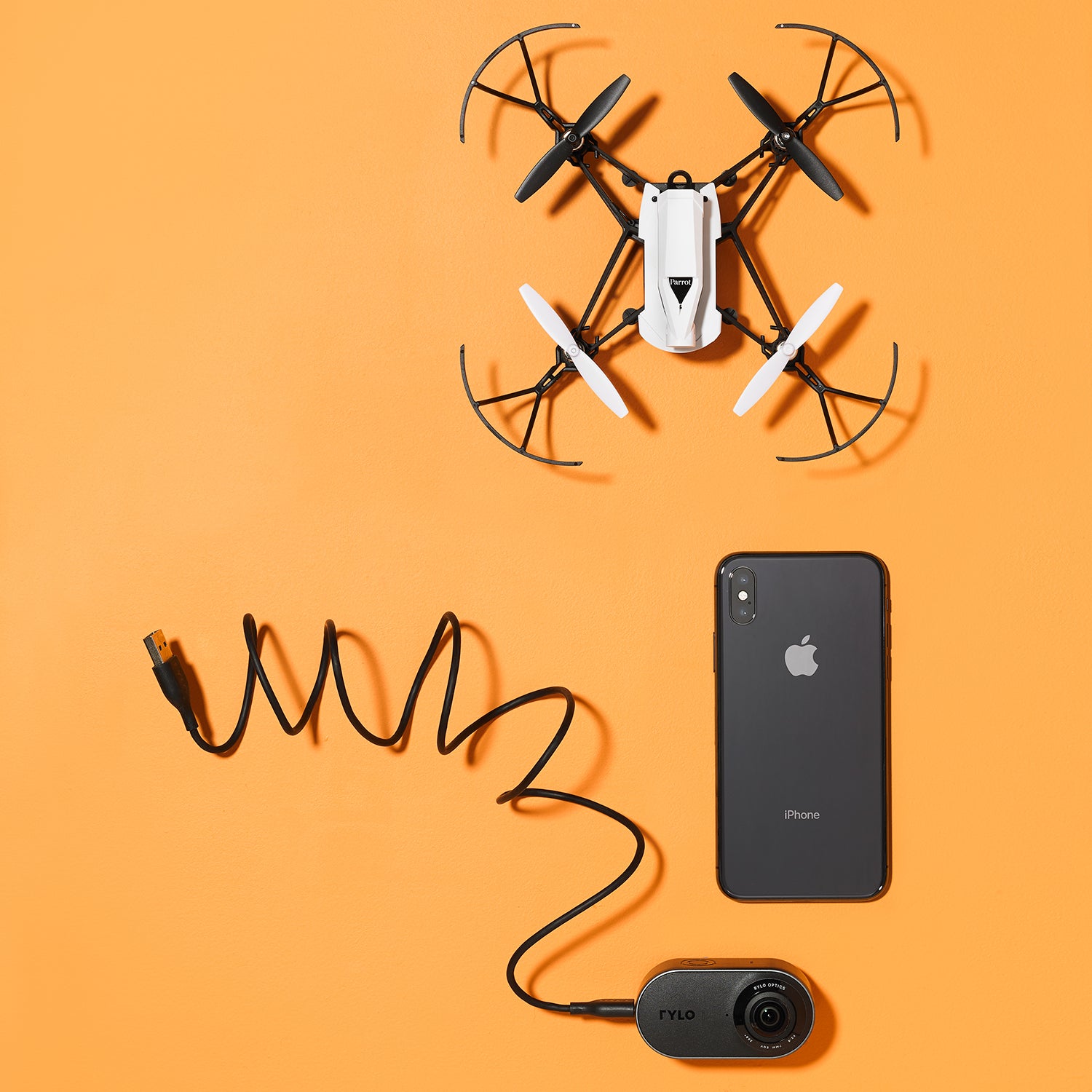Tools to capture your most cinematic adventures.
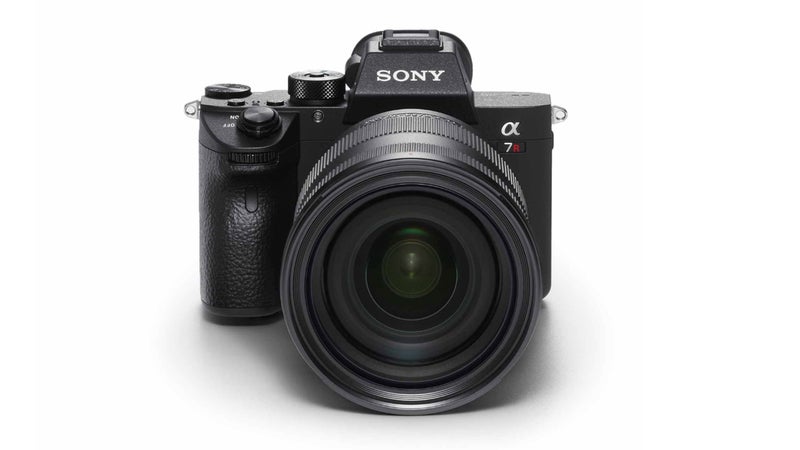
Sony a7r III ($3,200)
Best for the pro
Sony is the new tornado of the industry, tearing professional photographers away from their Canons and Nikons. Astonishingly, small cameras like this one are how the company has managed it. The a7r III captures massive RAW images (up to 42.4 megapixels) at blistering speeds (ten frames per second)—stats never before seen in such a small package. Add niceties like 425 autofocus points, dual SD-card slots, 4K video, and days-long battery life, and you’ve got a finely tuned picture-making machine.
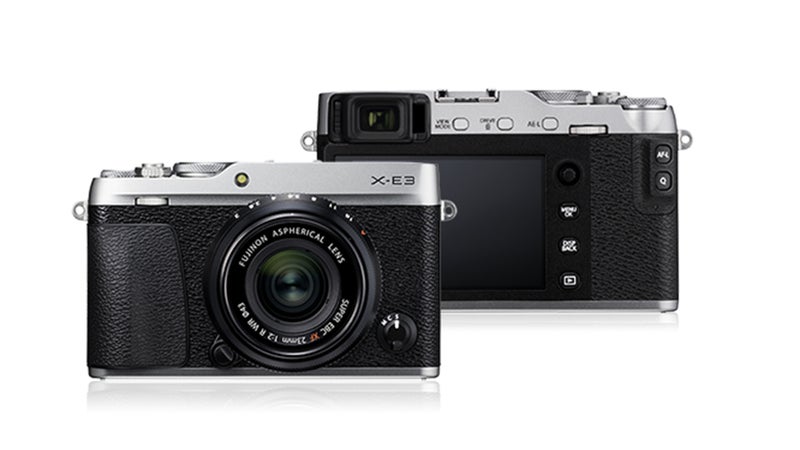
Fujifilm X-E3 ($900)
Best for the obsessive
The midlevel mirrorless market is a competitive one. Most of the cameras are light, fast, and capable of producing noticeably better images than your smartphone. The three-quarter-pound Fuji X-E3 rose to the top of the heap for a few reasons. The old-school looks belie a raft of modern features, including a touch screen, superfast autofocus, and a shutter-speed wheel that lets you dial in settings like a far more expensive camera would. Bonus: the lens options here are insane.
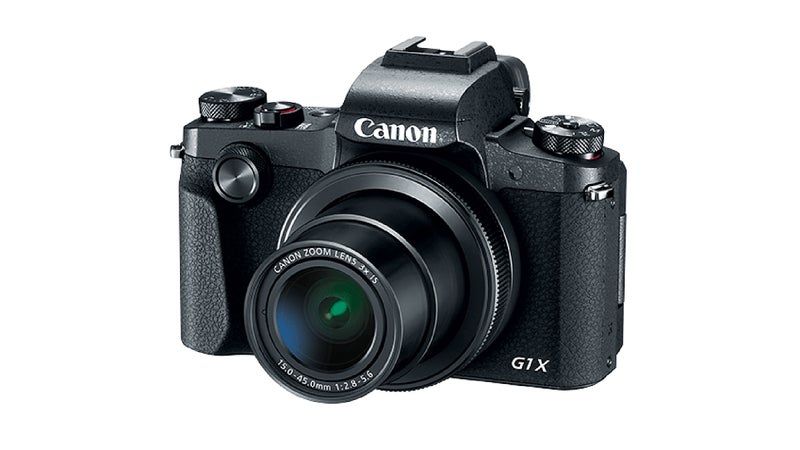
Canon PowerShot G1 X Mark III ($1,299)
Best for the wanderer
Want the power of a DSLR without the bulk? This is your camera. The PowerShot combines a 24.2-megapixel sensor with Canon’s latest processor to produce big, clear images at a nimble nine frames per second. Up front, the equivalent of a 24–72mm zoom handles everything from wide-angle landscapes to tight portraits.
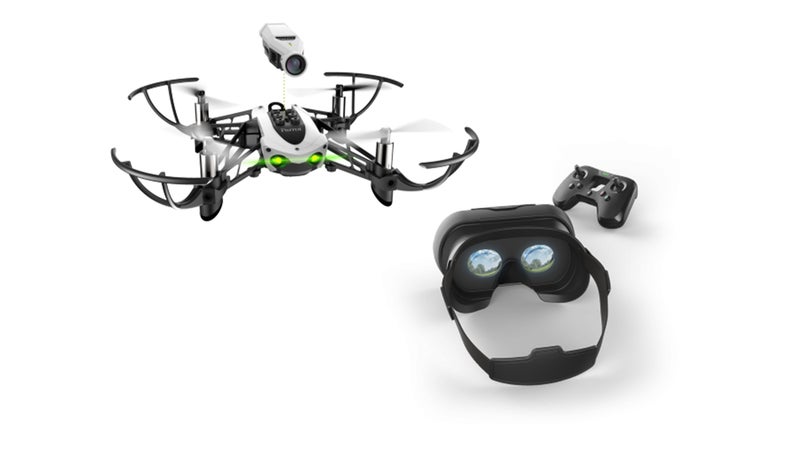
Parrot Mambo FPV ($180)
Best for the novice pilot
If you just want to dip your toes into the whole crazy drone thing, get a Mambo. The seven-inch, smartphone-controlled craft, complete with camera and POV goggles, is the best tool for learning how to fly. It isn’t super powerful, and it can remain aloft for only about ten minutes—just enough time to hone your piloting skills. The removable propeller guards are like training wheels: you’ll be grateful for them when you crash.
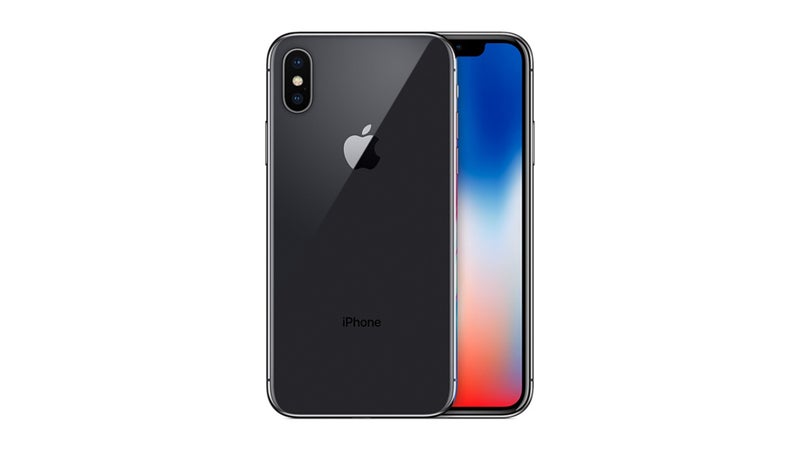
Apple iPhone X ($999)
Best for the street shooter
When it comes to resolution, the tenth-gen iPhone doesn’t boast the eye-popping numbers of the other cameras on these pages, but it’s undoubtedly the best shooter-in-a-handset we’ve ever tested. The 12-megapixel wide-angle and telephoto cameras embedded in the back both include image stabilization to produce crisp photos and smooth video. And don’t forget the seven-megapixel selfie camera up front, which senses depth and adjusts light modes automatically. You’ve never looked so good.
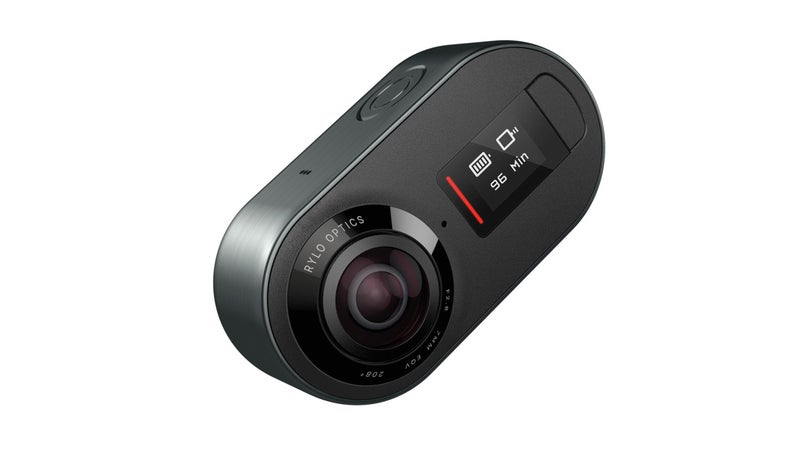
Rylo ($499)
Best for the action junkie
On the surface, the Rylo is a slick bar capable of shooting 360-degree video. But we’re more excited about the editing app. The software pulls together your footage, then lets you rotate through it all to select the angles and frames you want. Start with a shot over your handlebars, then pivot to show your buddies giving chase behind—all from the same camera. Stabilization turns vomit-inducing shake into smooth footage.


